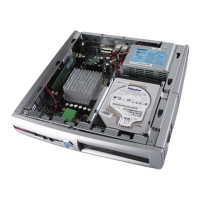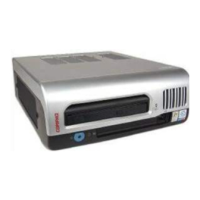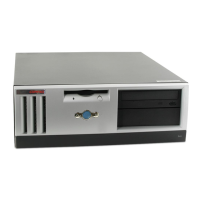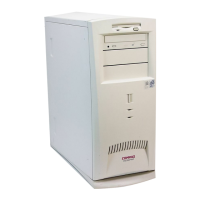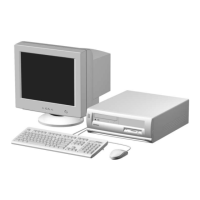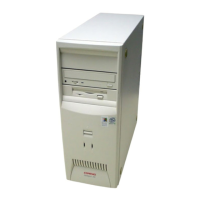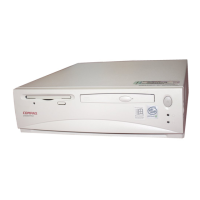Chapter 3 Processor/Memory Subsystem
3.2.3 PROCESSOR UPGRADING
3.2.3.1 Physical Considerations In Upgrading
All units use the PGA370 ZIF mounting socket and ship with a processor in a Flip-Chip (FC-
PGA370) package installed with a passive heat sink.
CAUTION: These systems are specifically designed for processors using
!
the FC-PGA370 package. Other processor packages (such as the PPGA370 package)
will physically fit the socket but are not compatible due to electrical and thermal
issues.
The FC-PGA370 package consists of the processor die mounted “upside down” on the substrate.
This arrangement allows the heat sink to come in direct contact with the processor die. The heat
sink and attachment clip are specially designed provide maximum heat transfer from the processor
component.
CAUTION: For proper heat dissipation, attachment of the heat sink to the processor is
!
critical on these systems. Improper attachment of the heat sink will likely result in a
thermal condition. Although the system is designed to detect thermal conditions and
automatically shut down, such a condition could still result in damage to the system .
Refer to the applicable Maintenance and Service Guide for detailed processor
removal/replacement procedures.
3.2.3.2 Electrical Considerations In Upgrading
These systems are designed to support the processors listed in Tables 3-1 and 3-2 on the previous
pages. Processor speeds above 1.0 GHz are supported only by PCA#s 011305, 011308, and
011311. Upgrading the processor may require the connection of a power cable from the
processor’s heat sink-mounted fan to a header on the system board.
The processor core voltage and operating frequency are automatically set early in power cycle
process. No DIP switch settings are involved in replacing the processor.
3.2.3.3 Software Considerations In Upgrading
Although the Celeron and Pentium III processors are software-compatible, it is recommended that
the replacement processor be either of the same family as the existing processor (i.e., Celeron for
Celeron, or Pentium for Pentium) or an upgrade (Pentium III for a Celeron). A “downgrade”
(going from a Pentium III to a Celeron) may result in problems with resident software that has
been “tuned’ to take advantage of the Pentium III processor’s special features and performance.
Compaq Deskpro and Evo Personal Computers
Featuring Intel Celeron and Pentium III Processors
Fifth Edition - March 2002
3-4
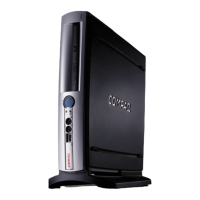
